A NEW CULTURAL LANDMARK IN MADRID
Published on October 13, 2025
Set within the Royal Palace complex, the Royal Collections Gallery is one of the city’s newest treasures. Opened in 2023, it invites you to walk through centuries of Spain’s royal history and see how art, taste and power came together from the Middle Ages all the way to the reign of Juan Carlos I. Only minutes by car and a short walk from UMusic Hotel, this museum is one of the most important projects in Spain’s recently history as is located beside the Royal Palace of Madrid.
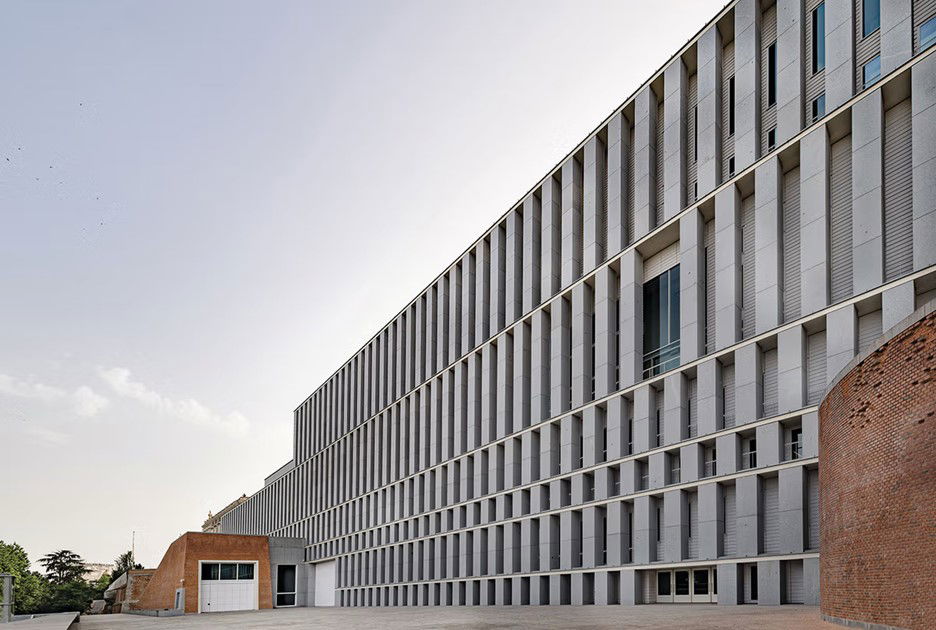
Architecture with its own story
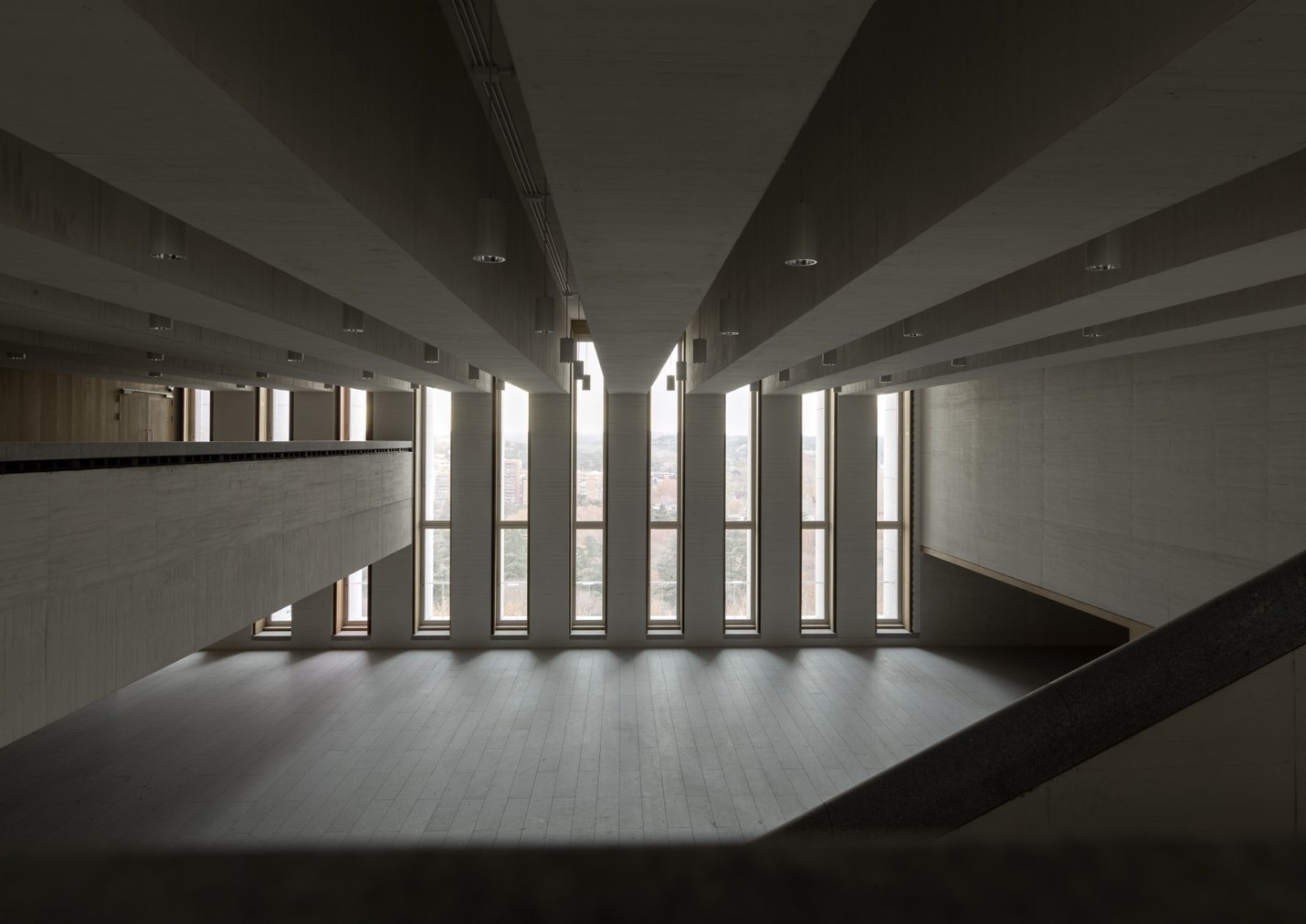
The idea for this gallery first surfaced in 1935, though it would be decades before the vision became real. Construction finally began in the early 2000s, led by architects Emilio Tuñón Álvarez and Luis Moreno Mansilla, and the result has already collected major architecture awards. Today, the building completes the Royal Palace cornice that looks out over Campo del Moro Park, linking the palace with Plaza de la Armería and Madrid Río.
A museum designed for today
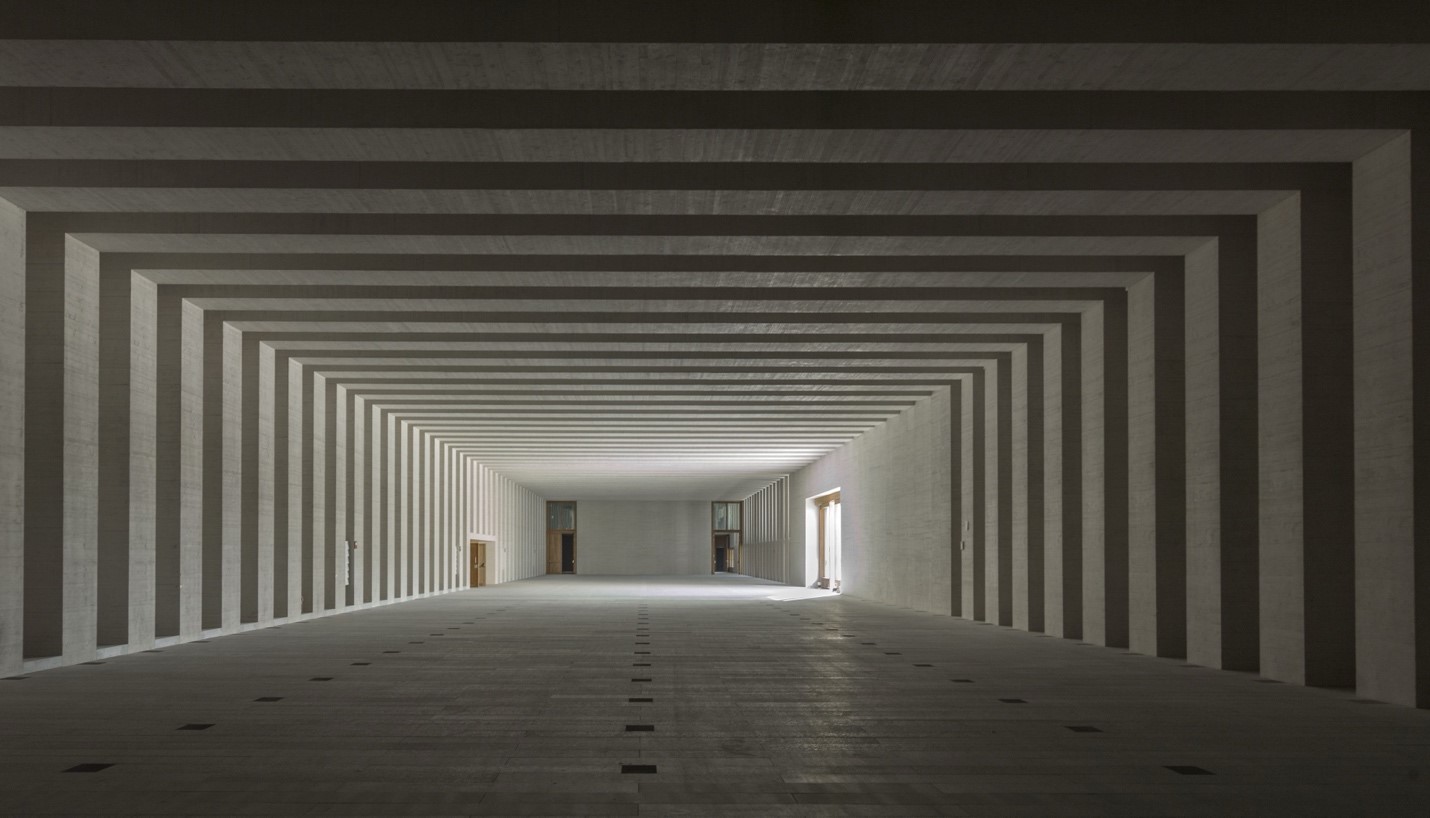
Spanning more than 40,000 square meters across six floors, the gallery is built for both scale and sustainability. Its design reduces energy use while offering vast spaces for exhibitions, storage, conservation and visitor services. The layout follows one continuous path, starting near the Royal Palace and descending to the park, so every visit feels like a journey. With a third of the works rotating on a regular basis, the experience is always evolving.
What you’ll see inside
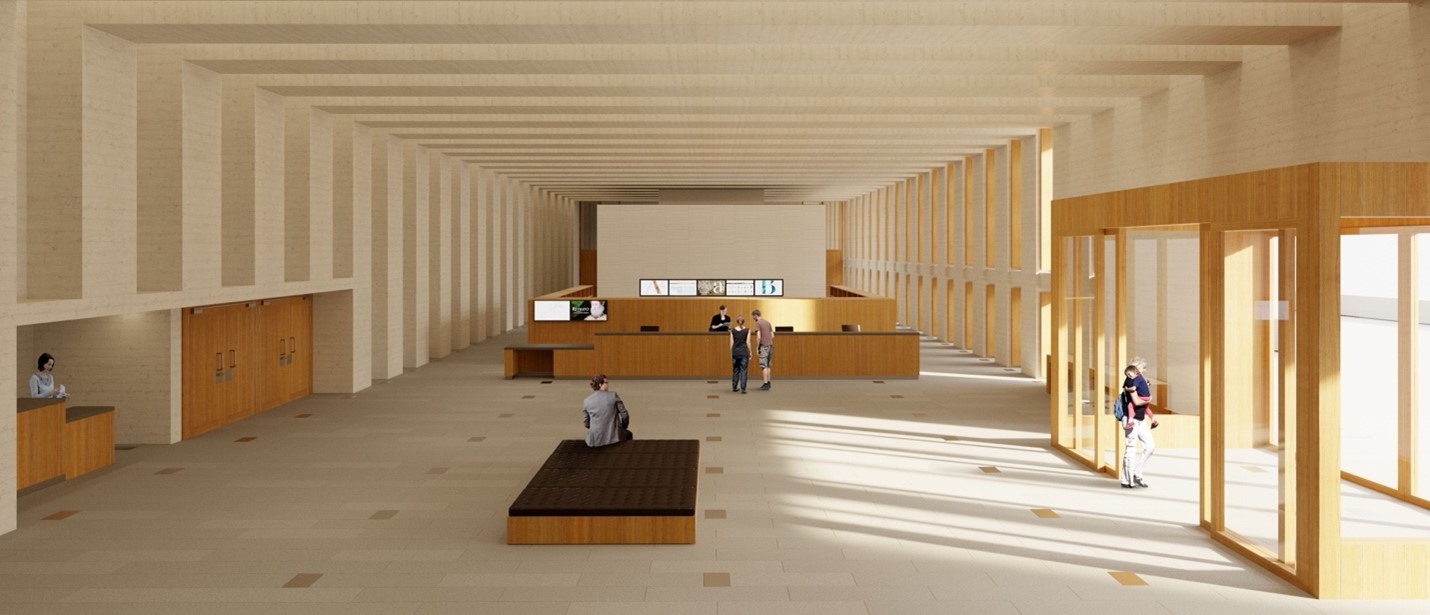
On Floor -1, the Catholic Monarchs set the stage. Their reign is explored through tapestries, arms, and iconic works by Bosch, Titian, El Greco, Velázquez and Caravaggio. You’ll also find a striking reminder of Madrid’s origins: a 9th-century wall uncovered during construction and now brought to life through an audiovisual presentation.
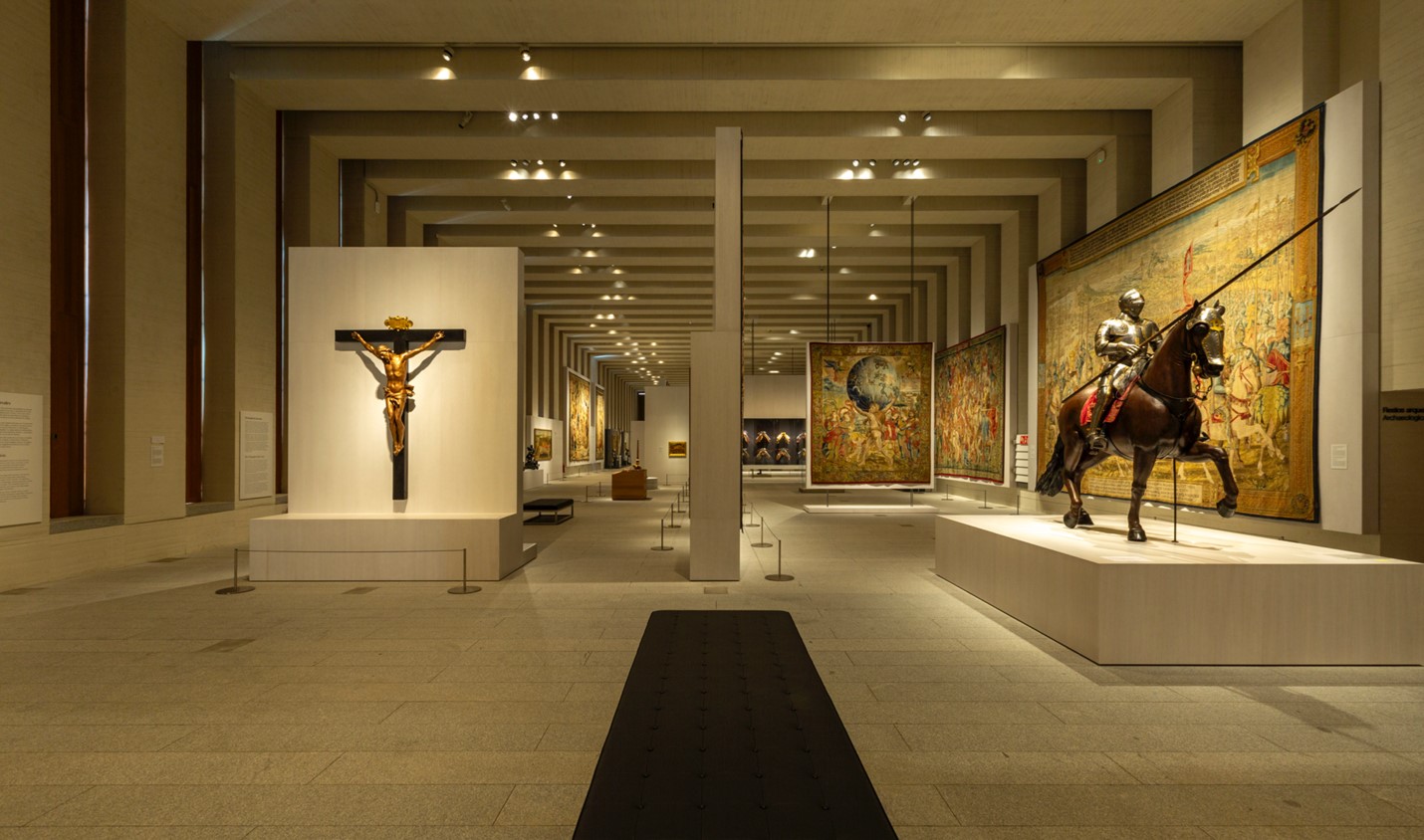
Floor -2 focuses on the Royal Palace itself, rebuilt by Felipe V after a fire destroyed the old Alcázar. Paintings by Goya, Mengs, Tiepolo and Paret are shown alongside furniture, decorative arts and instruments. This level also looks at how Spain’s Royal Collections came under state protection and how National Heritage began opening royal sites to the public.
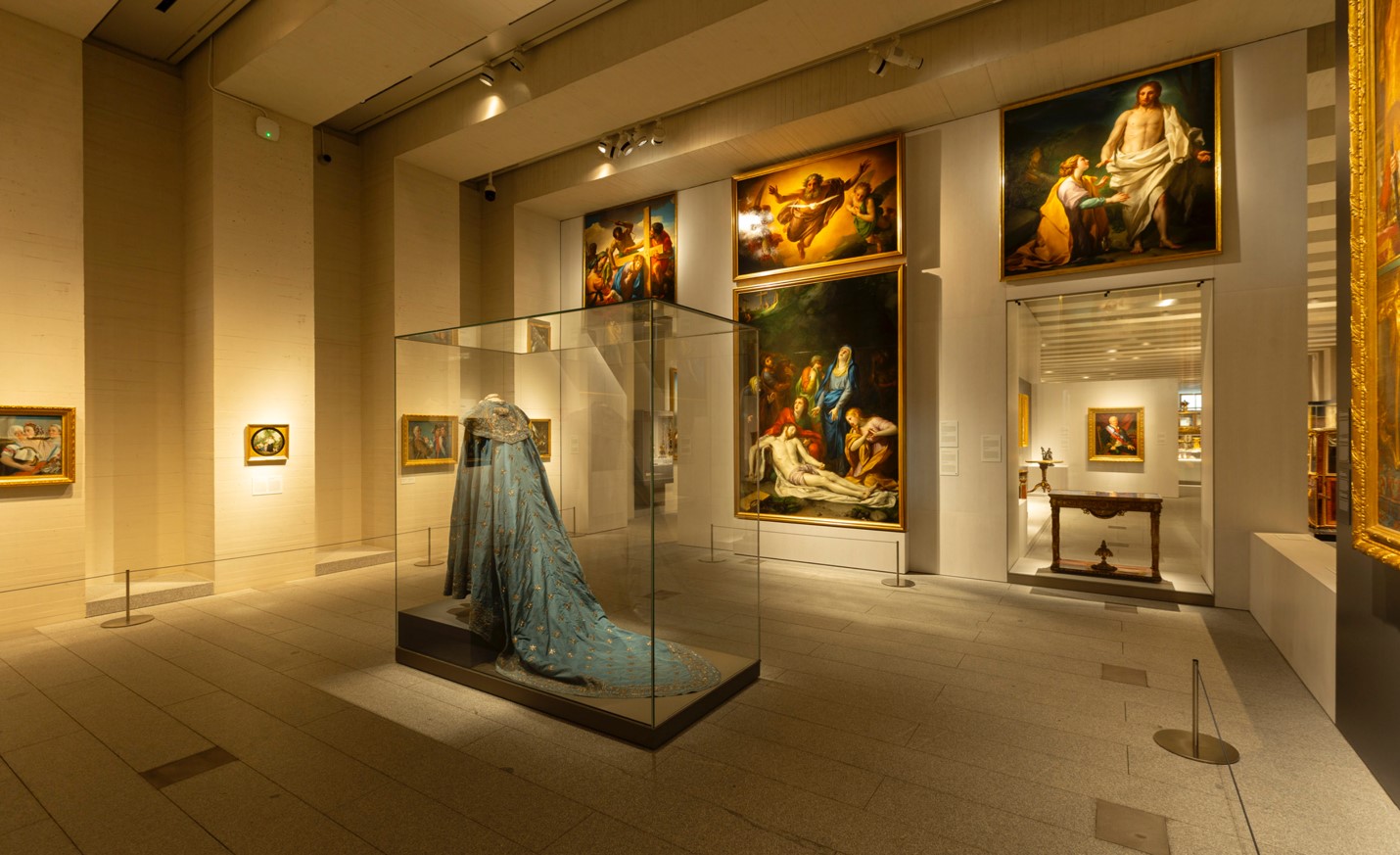
Floor -3 brings you into the present. Here, an immersive cube projects 360º images of royal palaces and landscapes, and temporary exhibitions add a contemporary edge. This level also opens directly into Campo del Moro Park, making it an inspiring final stop.
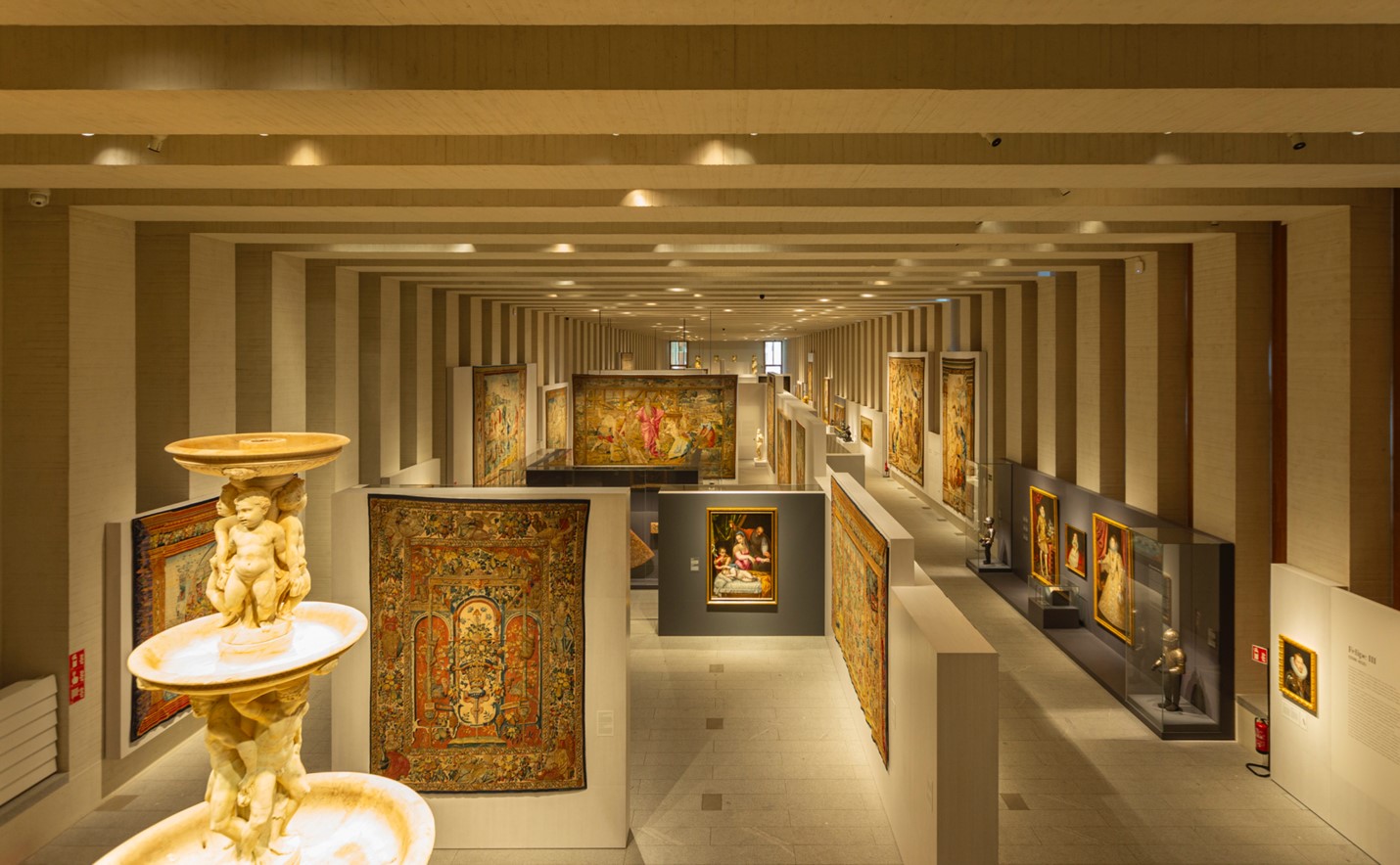
Looking ahead
Plans for a café and educational workshop space are already in motion, promising to make the gallery a place to linger as well as learn. Visitors can enter from Plaza de la Armería, Cuesta de la Vega or directly from the park, with universal accessibility throughout. In time, new connections will also link the museum to Madrid Río, Plaza de España and Calle Mayor.
The Royal Collections Gallery is more than a museum. It’s a living record of Spain’s royal legacy, told through art, architecture and experience.



